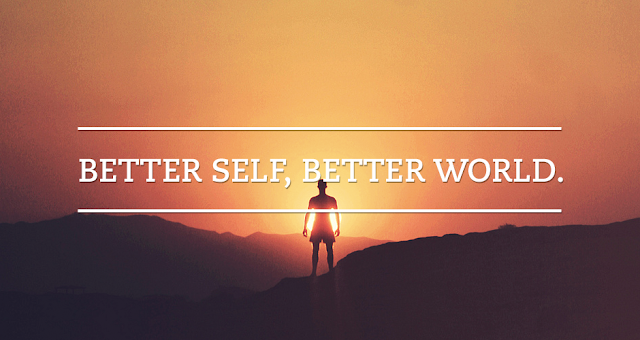Formula for a Better World

As we look to the horizon, we see a future where fundamental science unlocks vital new knowledge and unleashes unprecedented innovation…where climate change yields to climate action…where clean energy is as universal as the sunrise…where every member of the human family can count on clean water and nourishing food…where smart cities inspire wise communities, and the digitally daring drive bold advances for humanity…where we converge on ways to detect disease before it has symptoms, to reduce cancer to an inconvenience, and to make a vaccine for HIV as routine and effective as a tetanus shot…where Alzheimer’s itself is just a memory…where new nano-everything solves old, enormous problems…where good ideas don’t languish in the lab but flourish in the marketplace…where daring companies of every size create thriving industries and achieve lasting progress…where prosperity is measured not in dollars alone but in the currency of art, culture, and understanding…where quality education is



